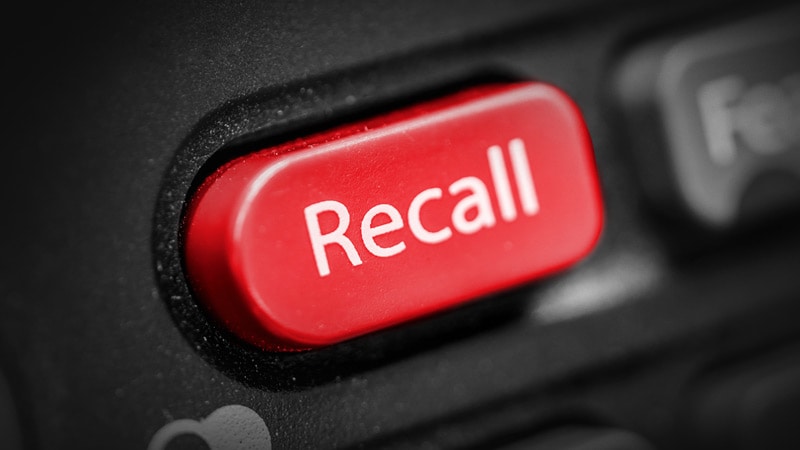GE Healthcare TruSignal SpO2 Sensors Class I Recall Details
Core Concepts
Recall of GE Healthcare TruSignal SpO2 sensors due to potential risks.
Abstract
The content discusses the Class I recall of 7559 GE Healthcare TruSignal SpO2 sensors due to issues that could impact patient safety. The recall includes various sensor types distributed in the US from January 1, 2021, to March 4, 2023. The malfunctioning sensors could reduce defibrillation energy, expose patients to unintended voltage, or provide inaccurate SpO2 readings, posing risks to patients, especially those needing defibrillation. GE Healthcare has issued recommendations for healthcare professionals to address the issue promptly.
Class I Recall of GE Healthcare TruSignal SpO2 Sensors
Stats
The sensors were distributed in the US from January 1, 2021, to March 4, 2023.
Quotes
"This issue is most hazardous to hospitalized patients who may need defibrillation for cardiac arrest."
"Affected sensors may also unintentionally expose patients to electrical currents from other sources or may provide inaccurate measurements of SpO2, which can impact treatment decisions."
Key Insights Distilled From
by Megan Brooks at www.medscape.com 07-28-2023
https://www.medscape.com/viewarticle/994939
Deeper Inquiries
How can healthcare professionals ensure patient safety when using alternative SpO2 monitoring methods?
Healthcare professionals can ensure patient safety when using alternative SpO2 monitoring methods by following these measures:
Thorough Training: Ensure that all staff members are adequately trained on the proper use of alternative SpO2 monitoring devices to prevent errors.
Regular Calibration: Regularly calibrate the alternative SpO2 monitoring devices to maintain accuracy in readings.
Continuous Monitoring: Monitor patients closely when using alternative devices to promptly identify any discrepancies or issues.
Documentation: Maintain detailed records of SpO2 readings obtained from alternative devices for accurate patient monitoring and treatment decisions.
Communication: Communicate effectively within the healthcare team to ensure seamless transition to alternative monitoring methods and address any concerns promptly.
How can patient safety be improved in the healthcare industry beyond recalls and corrective actions?
Patient safety in the healthcare industry can be improved beyond recalls and corrective actions through the following strategies:
Enhanced Training: Provide ongoing training to healthcare professionals on the safe use of medical devices and protocols to prevent errors.
Standardization: Implement standardized protocols and procedures across healthcare facilities to ensure consistency in patient care.
Technological Advancements: Invest in advanced technologies such as AI and machine learning to enhance patient monitoring and early detection of issues.
Patient Engagement: Encourage active participation of patients in their care by providing education and involving them in decision-making processes.
Culture of Safety: Foster a culture of safety within healthcare organizations by promoting open communication, reporting of errors, and continuous improvement initiatives.
What measures can be taken to prevent similar issues in the future with medical devices?
To prevent similar issues in the future with medical devices, the following measures can be taken:
Robust Testing: Conduct thorough testing and validation of medical devices before market release to identify any potential safety issues.
Quality Control: Implement stringent quality control measures throughout the manufacturing process to ensure the reliability and safety of medical devices.
Post-Market Surveillance: Establish a robust post-market surveillance system to monitor the performance of medical devices in real-world settings and promptly address any safety concerns.
Regulatory Oversight: Strengthen regulatory oversight and enforcement to hold manufacturers accountable for the safety and efficacy of their medical devices.
Collaboration: Foster collaboration between healthcare providers, manufacturers, regulatory agencies, and patients to share information, best practices, and lessons learned to improve device safety.
0
More on Healthcare
